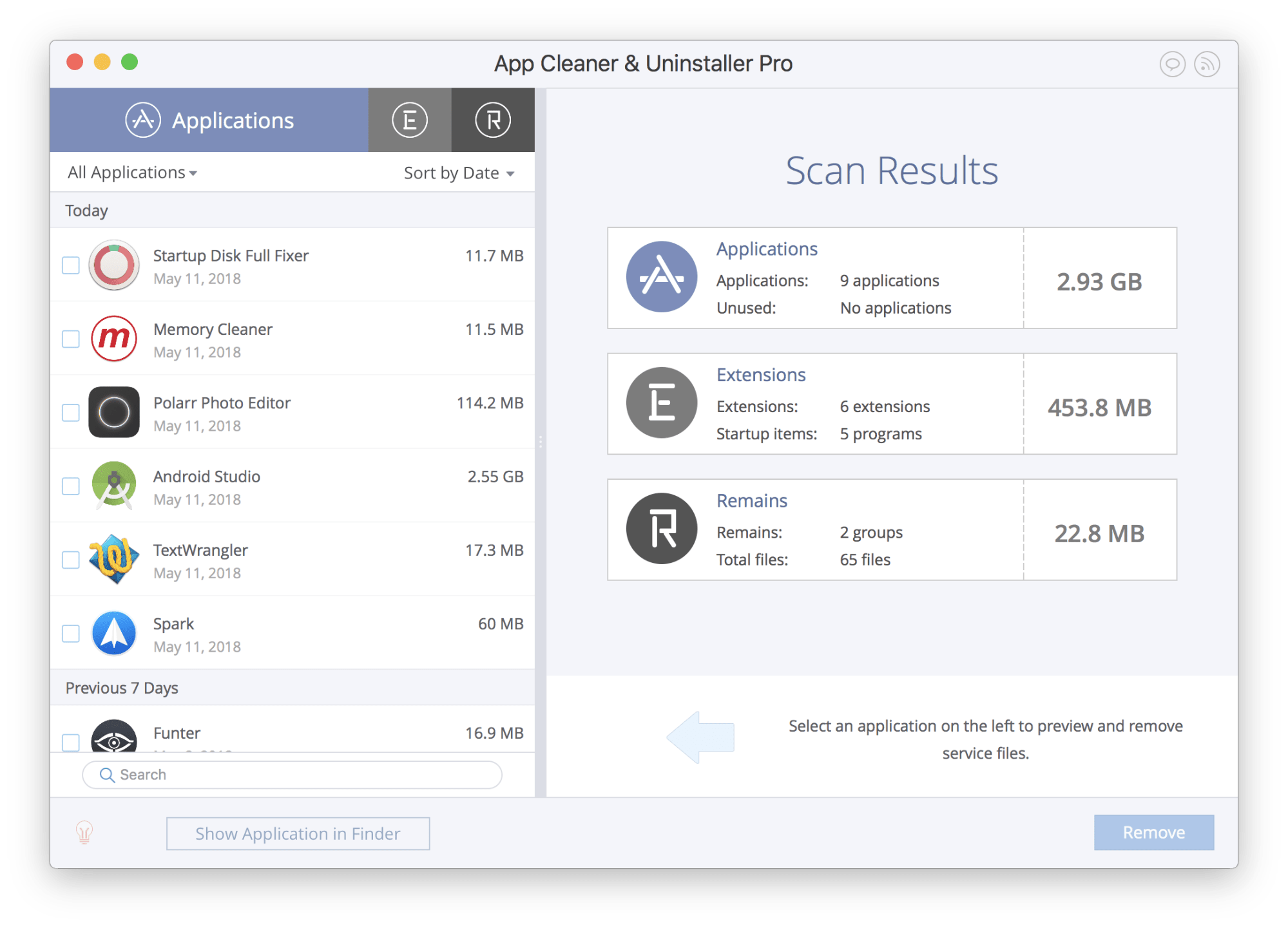


Windows and linux users can directly visit the link and download it after accepting the license.įor Mac users, I recommend installing via Homebrew :Įxport ANDROID_HOME =/path/to/android-sdk Important note for the next two steps:

Okay enough with the memes, let’s quickly set up Android Studio’s emulator for our react native app in a better way this time - without actually installing Android Studio! ✊ Install Java Development Kit 8.įirst you’ll need to install JDK 8. So most of us stick to the free ones or end up downloading Android Studio for the really good and easy to use emulator it provides.īut it gets worse when you already have Visual Studio Code, a few tabs on Google Chrome and your music player running! I made this meme before I watched Peaky Blinders.Īlso, some of us are just lazy ( and too comfortable with the command line ) that we don’t bother installing some fancy GUI application when we can do it with a few commands. Some are free, while a lot others with really nice features and performance are paid. Source: I used to work with react native applications in an office with centralized air conditioningĪnd no, I’m not just talking about any average system - even my Macbook Pro with 8GB of RAM makes a lot of noise!Ī lot of you might have also come across alternatives like Genymotion, Nox, BlueStacks and a lot others. Starting from Mac OS 10.10 (and working at least until 10.How many of you have installed Android Studio only to use the emulator for your native app? Oh, and don’t forget the way your system struggles when you try to run it! This is pretty much how it is. What we want to achieve here is to define the ANDROID_AVD_HOME environment variable in a way that makes it available to applications launched from the Finder. And of course, the thousands of documents about how to do it in Windows are of no help at all, and the few that are about the Mac are really, really outdated. But if you try to set them under Appearance & Behavior > Path Variables in the Android Studio Preferences, because you think it would be a reasonable thing to do, then you might waste a lot of time, because it does not work. It’s easy enough to find out that you should modify either the ANDROID_SDK_ROOT, ANDROID_EMULATOR_HOME, or ANDROID_AVD_HOME environment variables (or even ANDROID_HOME, if you’re unlucky enough to find some really outdated documents). It’s possible, but if you’re lucky like I am, you might run into some hurdles.

Imagine you’d like to reclaim space on your Mac’s main hard drive by moving your Android Studio Virtual Devices (the phones and tablets you run in the Android Emulator to test your applications).


 0 kommentar(er)
0 kommentar(er)
